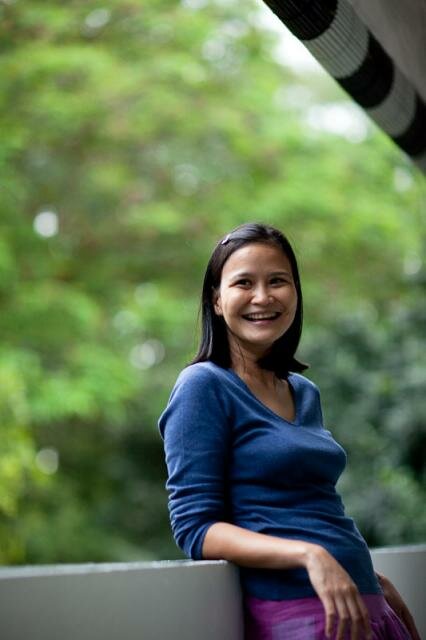PEOPLE
The Museum of Islamic art in Doha has opened, bringing one architect’s star-studded career to a close.

The Museum of Islamic Art against the Doha skyline
Photo courtesy of the Museum of Islamic Art
Qatar’s Museum of Islamic Art may signal the beginning of the Gulf region as a global cultural destination. The stark, Cubist monument also marks an ending – it will be the last major building designed by I.M. Pei.
At 91, the architect behind the Louvre’s glass pyramid and Hong Kong’s Bank of China Tower can hardly be blamed for wanting to put his feet up. Anyway, he’s not stopping work for good – currently he is working on a small chapel in the countryside of Kyoto.
But Pei, who was born in China and became a naturalized US citizen in 1954, has said that the Museum of Islamic Art will be his final big project. He wants it to be viewed as a sculpture, as much a work of art as the precious Islamic artifacts that it houses.
For Pei, whose full name is Ieoh Ming Pei, the museum is the culmination of an international career that has seen his high-modernist structures spring up in New York, Singapore, Berlin, Madrid, Beijing, and Suzhou.
For the museum in Doha, Pei travelled extensively to visit the great sites of Islamic architecture – the Umayyad Great Mosque in Damascus, Syria; the Grand Mosque in Córdoba, Spain; Fatehpur Sikri, a Mughal capital in India; and the ribat fortresses at Monastir and Sousse in Tunisia.
“This is one of the most difficult jobs I ever undertook,” Pei told the journalist Philip Jodidio. “It seemed to me I had to grasp the essence of Islamic architecture. The difficulty of my task was that Islamic culture is so diverse, ranging from Iberia to Mughal India, to the gates of China and beyond.”
In the end, Pei chose the more abstract, purist style of the Ibn Tulun mosque in Cairo, the austere nature of which allows for the play of light and shadow. He then fretted that the fast-changing Doha skyline would affect his finished work.
“I feared that in the future, large structures might rise that would overshadow it, so I asked if it might not be possible to create my own site,” he said. “This was very selfish of me, of course.”
As a result, the Museum of Islamic Art, which opened its doors in end-November, stands on its own man-made island, forever set apart from the rest of the city.
Pei’s request was readily met as the financiers of the project, the ruling al-Thani family of Qatar, are pulling no punches in making the museum – indeed, the entire state – a thriving artistic and cultural centre. The Museum of Islamic art is the first of many museums they plan to build.
In fact, the entire Gulf region should be a mecca of art, history and theatre in about a decade. Abu Dhabi, for instance, is to have a Frank Gehry-designed offshoot of the Guggenheim, as well as a Jean Nouvel-styled branch of the Louvre. It will also have a maritime museum designed by Tadao Ando and a theatre complex conceived by Zaha Hadid. Plans are also afoot to translate 1,000 of the world’s great books into Arabic.
Meanwhile, art lovers can make their pilgrimage to the Museum of Islamic Art to admire some 800 of the finest Islamic artifacts spanning the seventh to the 19th centuries. It represents an artistic renaissance of sorts for the Arabic world, even as one of the globe’s most illustrious architects closes his portfolio.
Related Story:
PICTURES > The Work of I.M. Pei
HOUSE BLOGS
Chilli Padi
VIVIENNE KHOO
From Jerusalem to the West Bank
DAN-CHYI CHUA
Talking the Walk
DEBBY NG
Words and Letters
CLARISSA TAN
FOLLOW US


MOST READ
Today's:
- Being a Nepali in India
- Hebron - where the Jews and Palestinians met and parted ways
- Philanthropy online
- Shanghaied: Chinese seamen of Liverpool
- The Israeli-Palestinian Numbers Game
- Folk who live on the shore
- Siam, the cradle of humankind?
- Life of My Sisters
- Cold War intrigue is back, a la Israel.
- Artwork by the Savant-Autistic Yeak Ping Lian









%2005411%20My%20Dog%20ll.jpg)


